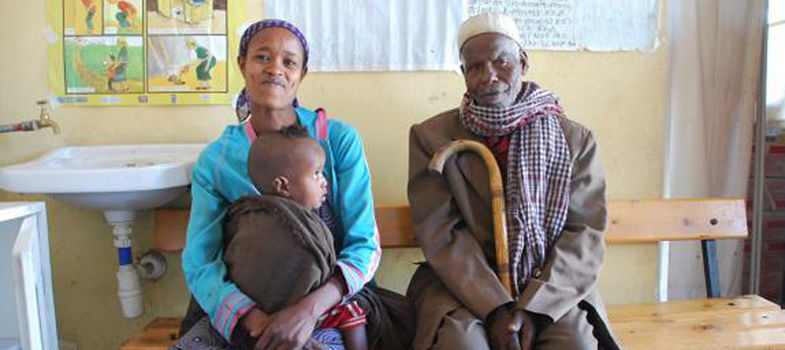Summary of Study Session 21
In Study Session 21 you have learned that:
- Late pregnancy bleeding (ante-partum haemorrhage) can cause maternal and fetal death, and should be treated as a potentially life-threatening emergency.
- The most common causes of life-threatening late pregnancy bleeding are placental abruption and placenta previa, or more rarely it can result from a ruptured uterus.
- Less serious bleeding can arise from a varicose vein in the genital area, or blood resulting from a heavy show, which usually stops on its own.
- Placental abruption can present with both concealed (internal) and revealed (externally visible) bleeding from the vagina; the blood is usually dark and the woman may report abdominal pain.
- Placenta previa often presents with painless, bright red bleeding and can be associated with abnormal presentation of the fetus. Usually (but not always) fetal condition is normal.
- Never do a vaginal examination in women with late pregnancy bleeding as this may precipitate severe bleeding.
- Initial assessment of the woman’s vital signs and initiation of IV fluid therapy are the critical first steps in managing haemorrhagic shock in women with severe late pregnancy bleeding.
- After putting up an IV infusion, transfer the patient immediately to a District Hospital or higher health facility with an operating theatre, as most cases require surgical intervention.
Back to previous pagePrevious
21.5 What to do for a woman with late pregnancy bleeding
